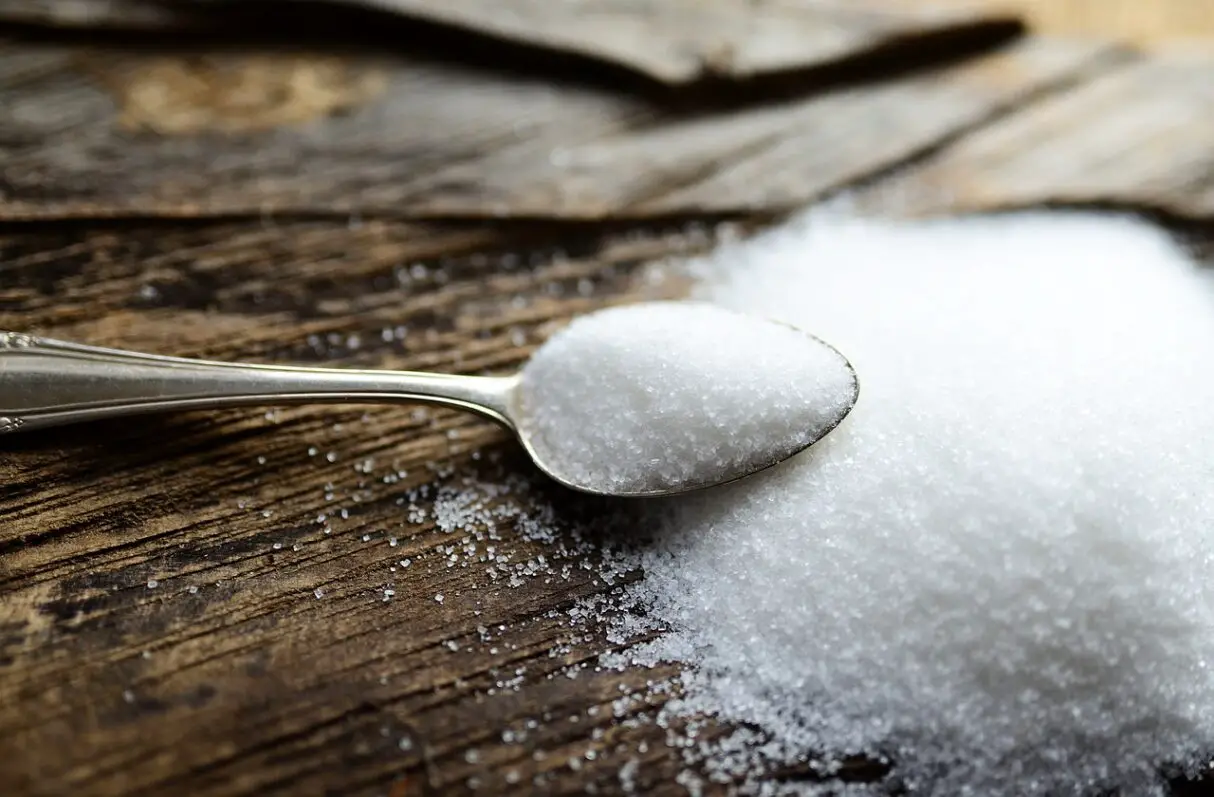
Glucose and sucrose are both carbohydrates that belong to the category of sugars, but they have distinct structures and properties. Here are some similarities between glucose and sucrose:
- Chemical Composition:
- Both glucose and sucrose are organic compounds containing carbon, hydrogen, and oxygen.
- They are both classified as carbohydrates, which are essential macronutrients for living organisms.
- Energy Source:
- Both glucose and sucrose serve as energy sources for living organisms, including humans.
- They can be metabolized in cells through various pathways to release energy for cellular processes.
- Monosaccharide Components:
- Glucose is a monosaccharide, meaning it consists of a single sugar unit.
- Sucrose, on the other hand, is a disaccharide composed of two monosaccharide units – glucose and fructose. When sucrose is broken down during digestion, it yields one molecule of glucose and one molecule of fructose.
- Sweetness:
- Both glucose and sucrose are sweet to taste, although the sweetness levels can vary.
- Sucrose is commonly known as table sugar and is often used as a sweetener in food and beverages.
- Solubility:
- Both glucose and sucrose are soluble in water.
- This property makes them readily available for absorption in the digestive system when consumed.
Despite these similarities, it’s crucial to note their differences, particularly in terms of molecular structure, sources, and metabolic pathways. Glucose is a simple sugar and a primary product of photosynthesis, while sucrose is a disaccharide found in plants and commonly extracted from sugar cane and sugar beets. The body breaks down sucrose into glucose and fructose during digestion, and each sugar has distinct roles in metabolism.
What is glucose?
Glucose is a simple sugar, or monosaccharide, that serves as a primary source of energy for living organisms. It is a carbohydrate with the molecular formula C6H12O6. Glucose is a crucial component in various biological processes and is particularly important in cellular respiration, where it is oxidized to produce energy.
Key features of glucose include:
- Monosaccharide Nature: Glucose is a monosaccharide, meaning it consists of a single sugar unit. It is one of the basic building blocks of more complex carbohydrates.
- Energy Production: Glucose is a key player in cellular energy production. During the process of cellular respiration, cells break down glucose in the presence of oxygen to produce adenosine triphosphate (ATP), which is the primary energy currency of cells.
- Photosynthesis: Glucose is a product of photosynthesis, the process by which plants, algae, and some bacteria convert sunlight into energy. During photosynthesis, these organisms use carbon dioxide and water to produce glucose and oxygen.
- Blood Sugar: In the context of human physiology, glucose is often referred to as blood sugar. In the bloodstream, it serves as a vital energy source for cells. Regulation of blood glucose levels is crucial for maintaining overall health, and the hormone insulin plays a key role in this process.
- Dietary Sources: Glucose is found in various foods, especially those rich in carbohydrates, such as fruits, vegetables, and grains. When we consume carbohydrates, our bodies break them down into glucose during digestion.
It’s important to note that glucose is just one of several sugars that play essential roles in biological systems. Other sugars include fructose, galactose, sucrose, and lactose, each with its own unique properties and functions.
What is sucrose?
Sucrose is a disaccharide, which means it is composed of two simple sugar units called monosaccharides. Specifically, sucrose is made up of one molecule of glucose and one molecule of fructose, joined together by a glycosidic bond. The molecular formula for sucrose is C12H22O11.
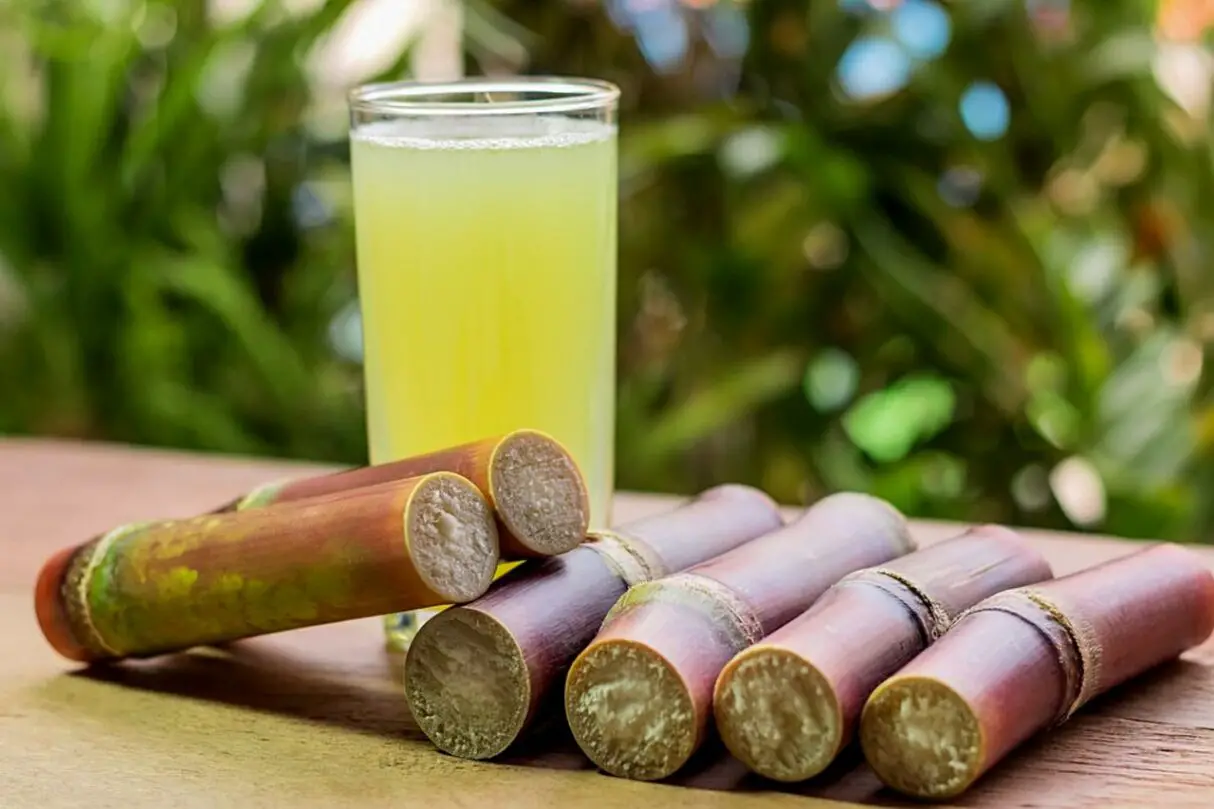
Here are some key features of sucrose:
- Composition: As mentioned, sucrose consists of two monosaccharides – glucose and fructose. The linkage between them is a glycosidic bond formed during a dehydration reaction.
- Sweetness: Sucrose is a commonly used sweetener and is known for its sweetness. It is often referred to as table sugar and is used in various food and beverage products to enhance flavor.
- Natural Sources: Sucrose is naturally found in many plants, and it is commonly extracted from sugar cane and sugar beets. It is a primary component of sugar obtained from these sources.
- Digestion: In the digestive system, enzymes break down sucrose into its constituent monosaccharides, glucose, and fructose. This process allows the body to absorb and utilize these sugars for energy.
- Energy Source: Like glucose, the monosaccharide components of sucrose (glucose and fructose) serve as a source of energy for the body. After digestion, these sugars are absorbed into the bloodstream and used in cellular respiration to produce ATP.
- Role in Food Industry: Sucrose is widely used in the food industry as a sweetener. It provides a sweet taste to various products, including baked goods, desserts, beverages, and processed foods.
It’s important to note that excessive consumption of sucrose, particularly in refined and processed forms, has been associated with health concerns such as obesity and dental issues. As with any sweetener, moderation is key for a balanced and healthy diet.
What are the difference between glucose and sucrose?
Glucose and sucrose are both carbohydrates, but they differ in terms of their molecular structure, composition, sources, and physiological roles. Here are the key differences between glucose and sucrose:
- Molecular Structure:
- Glucose: Glucose is a monosaccharide, which means it is a single sugar unit. Its molecular formula is C6H12O6.
- Sucrose: Sucrose is a disaccharide composed of two monosaccharides – glucose and fructose. It has the molecular formula C12H22O11.
- Composition:
- Glucose: It consists of a single sugar unit and is a simple sugar.
- Sucrose: It consists of two sugar units – glucose and fructose – linked together by a glycosidic bond. It is a compound sugar.
- Sources:
- Glucose: Found in various foods, especially those rich in carbohydrates, such as fruits, vegetables, and grains. It is also a product of photosynthesis in plants.
- Sucrose: Found in sugar cane, sugar beets, and many other plants. It is commonly extracted from these sources and used as table sugar.
- Digestion:
- Glucose: Absorbed directly into the bloodstream after digestion. It does not require further breakdown in the digestive system.
- Sucrose: Broken down into its constituent monosaccharides, glucose, and fructose, by enzymes during digestion before absorption.
- Sweetness:
- Glucose: Less sweet compared to sucrose.
- Sucrose: Known for its sweetness and is commonly used as a sweetener in various foods and beverages.
- Role in Metabolism:
- Glucose: Primary source of energy for cells, especially in cellular respiration where it is oxidized to produce ATP.
- Sucrose: Acts as an energy source after being broken down into glucose and fructose during digestion.
- Chemical Bond:
- Glucose: Does not have to be broken down further before it can be used by the body.
- Sucrose: Requires enzymatic digestion to break the glycosidic bond and release its constituent sugars.
Understanding these differences helps in appreciating the various roles that glucose and sucrose play in nutrition and metabolism. Glucose is a fundamental energy source, while sucrose serves as a source of glucose and fructose after digestion.
Table summarizing the similarities and differences between glucose and sucrose
Here’s a table summarizing the similarities and differences between glucose and sucrose:
| Characteristic | Glucose | Sucrose |
|---|---|---|
| Molecular Structure | Monosaccharide | Disaccharide (glucose + fructose) |
| Chemical Formula | C6H12O6 | C12H22O11 |
| Composition | Single sugar unit | Two sugar units (glucose + fructose) |
| Sources | Found in various foods, a product of photosynthesis | Found in sugar cane, sugar beets, and plants |
| Digestion | Absorbed directly into the bloodstream | Broken down into glucose and fructose during digestion |
| Sweetness | Less sweet compared to sucrose | Known for its sweetness and used as a sweetener |
| Role in Metabolism | Primary energy source for cells | Provides glucose and fructose as energy sources after digestion |
| Chemical Bond | No glycosidic bond | Contains a glycosidic bond |
This table provides a concise overview of the key characteristics that distinguish glucose from sucrose. Keep in mind that while glucose and sucrose share some similarities, their roles and functions in the body are distinct due to their different structures and compositions.
Summary of Similarities Between glucose and sucrose
Here is a summary of the similarities between glucose and sucrose:
- Carbohydrates: Both glucose and sucrose are carbohydrates, which are organic compounds made up of carbon, hydrogen, and oxygen.
- Energy Source: Both serve as sources of energy for living organisms. They can be metabolized to produce ATP (adenosine triphosphate), the primary energy currency of cells.
- Sweetness: Both glucose and sucrose are sweet to taste, with sucrose being commonly used as a sweetener in various food and beverage products.
- Solubility: Both are soluble in water, allowing for their easy absorption in the digestive system when consumed.
- Found in Nature: Both occur naturally in various foods. Glucose is found in fruits, vegetables, and grains, while sucrose is commonly extracted from sugar cane, sugar beets, and plants.
While these similarities exist, it’s important to recognize their structural and compositional differences, as well as their distinct roles in metabolism and physiology. Glucose is a monosaccharide, while sucrose is a disaccharide composed of glucose and fructose. Understanding these differences provides insight into their unique functions in biological systems.
Here are some frequently asked questions (FAQs) related to glucose and sucrose
What is glucose?
Answer: Glucose is a monosaccharide, a simple sugar, and a primary source of energy for living organisms. It has the molecular formula C6H12O6.
What is sucrose?
Answer: Sucrose is a disaccharide composed of two monosaccharides – glucose and fructose. It is commonly known as table sugar and has the molecular formula C12H22O11.
How are glucose and sucrose different?
Answer: Glucose is a monosaccharide, while sucrose is a disaccharide consisting of glucose and fructose. Glucose is a simple sugar, while sucrose is a compound sugar.
What are the sources of glucose?
Answer: Glucose is found in various foods, especially those rich in carbohydrates, such as fruits, vegetables, and grains. It is also a product of photosynthesis in plants.
Where does sucrose come from?
Answer: Sucrose is naturally found in sugar cane, sugar beets, and many other plants. It is commonly extracted from these sources and used as table sugar.
Are glucose and sucrose sweet?
Answer: Yes, both glucose and sucrose are sweet to taste. Sucrose is particularly known for its sweetness and is commonly used as a sweetener in various food and beverage products.
How is glucose used in the body?
Answer: Glucose is a primary source of energy for cells. It is metabolized in cellular respiration to produce ATP, which fuels various cellular processes.
What happens to sucrose during digestion?
Answer: Sucrose is broken down into its constituent monosaccharides, glucose and fructose, by enzymes during digestion before absorption.
Are there health concerns related to the consumption of glucose and sucrose?
Answer: Excessive consumption of refined sugars, including glucose and sucrose, has been associated with health concerns such as obesity and dental issues. Moderation is key for a balanced and healthy diet.
Can individuals with diabetes consume glucose or sucrose?
Answer: Individuals with diabetes need to monitor their carbohydrate intake, including glucose and sucrose. Glucose may raise blood sugar levels directly, while sucrose is broken down into glucose and fructose during digestion. It’s important to consult with a healthcare professional for personalized dietary advice.
References
Neil L. Pennington , Charles W. Baker, (1990): Sugar: User’s Guide To Sucrose. Springer New York, NY
Fredrick Caras (2019): Sugar: Processing, Production and Uses. Nova Science Publishers, Inc.
Akikazu Takada, Fumiko Shimizu, Yukie Ishii, M. Ogawa and Tetsuya Takao (2021): Roles of Glucose and Sucrose Intakes on the Brain Functions Measured by the Working Ability and Morris Maze. IntechOpen
Ogawa, M., Shimizu. F., Ishii, Y., Takao, T., Takada, A. effects of glucose and sucrose administration on the working ability of young women. 2018 Integrative Food, Nutrition and Metabolism 5, 1-4.


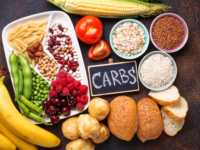

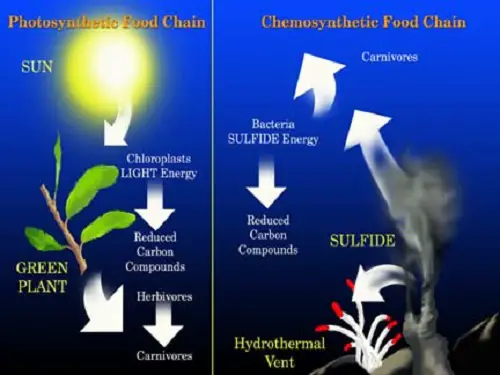
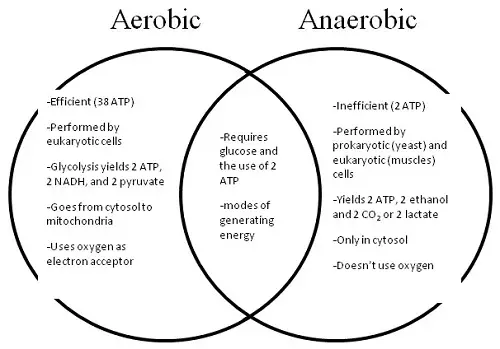
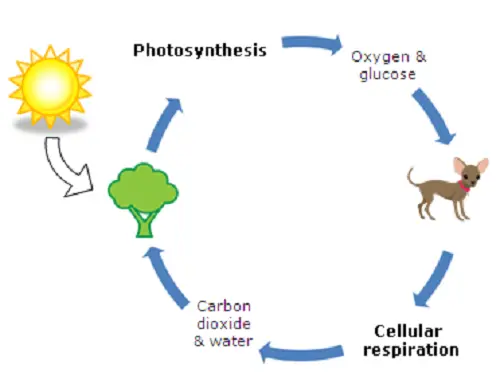





Leave a Reply